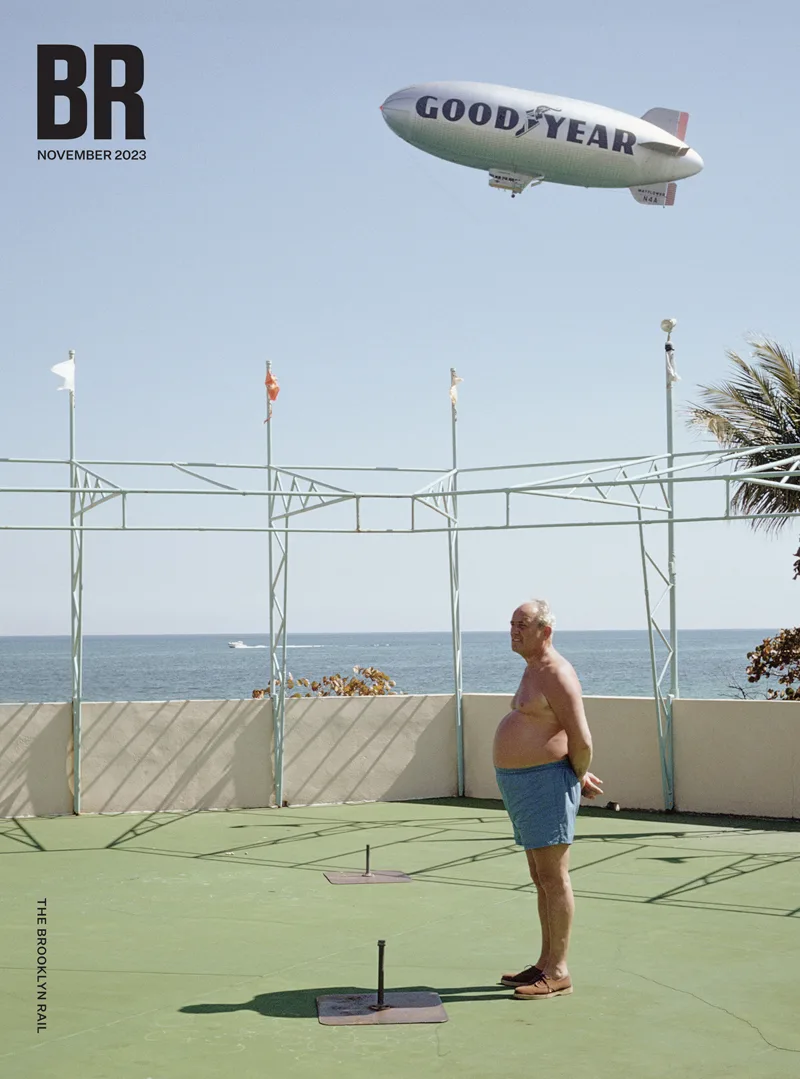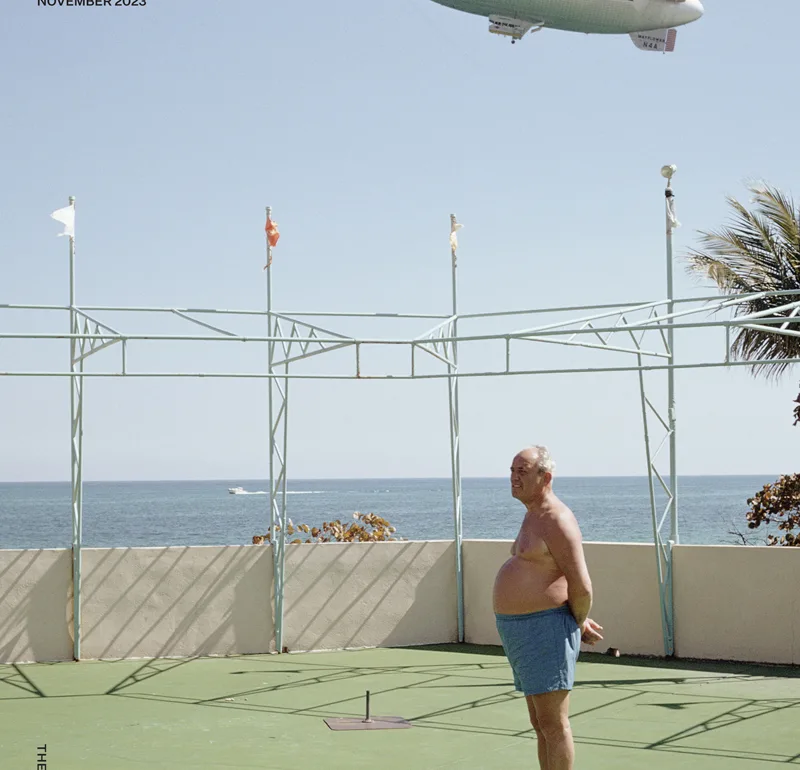
This year, the Supreme Court will announce yet another decision regarding the Second Amendment, likely continuing a right-wing crusade toward a perilous legal regime.1 This crusade’s agenda, cloaked in references to the country’s “history and tradition,” involves determining the constitutionality of firearm regulations based on whether a contemporary gun law can be justified by the existence of historical analogs. While the legal invention of a constitutional right of the individual to keep and bear arms is only fifteen years old,2 the figure of an armed individual is a character familiar to the American scene. The political project of retooling the Constitution in the name of an imagined individual—who exists outside of race, gender, technology, and ultimately time—highlights the growing distance between gun laws and the lived experience of a society with more guns than people and between “gun control” discourse and the responses to gun violence that feel politically available.
As part of the demographic that experiences the highest rate of firearm-related homicides, Black people ages fifteen to thirty-four, I cannot approach the topic without considering that lived reality, the killing of my cousin Isaac in 2006 and my cousin Carlton in 2016, nor the sheer scale at which real harm is done. This year, one of the Black men convicted in Isaac’s killing will be released, free for the first time since he was a teen. This year, for the first time since the CDC has collected such data, firearms deaths by suicide for Black teenagers will surpass those by their white peers.3 For the fourth consecutive year, more than five hundred mass shootings have threatened life in public, 4 and firearm-involved intimate partner violence disproportionately impacts and ends the lives of Native and Black women.5
During the most recent Second Amendment case, New York State Rifle & Pistol Ass’n, Inc. (NYSRPA) v. Bruen (2022), Justice Alito placed an inordinate focus on the rights of an innocent hard-working American who “doesn’t have a criminal record” and has to commute home through a “high crime” neighborhood only to get mugged after a hard day of work. One need not have followed the 1984 case of Bernhard Goetz to sense the whiteness of the individual Alito imagines being mugged, the implied darkness of those alleged to have attempted to mug him, and even the public support for Goetz shooting the four Black teenage boys in self-defense. Alito is appalled by the scenario he imagines where these muggers have “illegal guns” (the Black teenagers in the 1984 case had no guns) and the law-abiding individual is left unarmed. This racial scene lays bare the logic of America and its guns. It is the whiteness of the American individual that charges him with defending himself, his family, and the “history and tradition[s]” of social order. This charge requires bearing a pistol and having an inherently threatening racial Other on the other side.
The figment bearing arms fears a paradigmatic Other: the “armed criminal.” A Black person defined by their criminality is a cognitive fixture so deeply embedded in America’s social imagination that people tend to associate Black faces with guns and misperceive a range of objects as guns if the holder is Black. The refusal to consider this archetype when reasoning about the armed individual is indicative of the contradiction between legal reasoning which defines the armed individual as a person holding a gun and the reality for Black individuals—in the world as we know it—is ontological: being Black and bearing a gun collapses distinctions between danger, risk, and threat. The assessment of risk, perceived threat, and measuring dangerousness are now key features in how criminal legal systems make sense, collectively, of Black life.
My Aunt Michelle, who lost her sons Isaac and Carlton to gun violence, authored two books titled Anything Can Happen that examine the relationship between premature death, Black grief, her faith, and more grounded visions of how the world might be. Her words also speak to the way that legal reasoning can take reality—any set of material conditions, structural forces, and systemic inequities—and abstract away all meaningful context. The premise that “anything can happen” runs counter to that, refusing to abstract (and objectify) away the messiness of that reality, the reality in which a murder trial about Black lives lost may result in more Black men disappeared behind bars. For the communities most impacted by gun violence—Black neighborhoods with concentrations of chronic poverty6—routine disappearances fuel a racial sense of precarity. Children lose parents; neighbors lose neighbors; and everyone loses time.7 Following Ruth Wilson Gilmore, one of the most grievous outcomes of carceral logics and the “organized abandonment” of entire groups of people, “prison is and unfreedom is, the extraction of time.”8
More than a theory of contingency, the notion that “anything can happen” names how Black premature death involves a “racial calculus”9 that shapes, politically, who is marked as disposable. The reality that anything could happen, and that what happens next is not a foregone conclusion, illuminates how state-facilitated racialized harms—police violence, imposed vulnerability, and a legal apparatus designed to individualize collective injuries—are the conditions of possibility for American social life. Indeed, a constitutionally-fixated perspective on gun laws, or even many notions of “gun control,” reflects a social tolerance for “uneven distribution of life chances” characterized by race.10 Meanwhile, there are radical worlds Black people build amidst social death—collective politics that de-individuate culpability, believe people are more than the worst thing they’ve ever done, and invest deeply in our children and our elders so they might have more livable lives; worlds that could be premised on Gwendolyn Brooks’s conviction “we are each other’s / magnitude and bond.”11
To take the realities of gun violence seriously then we—and this is a political we—would see the consequences of how America, and the legal system, have responded to a collective problem with strategies that individuate. We would be able to approach the problem by looking at the distribution of harm rather than through the pathologizing of bad actors. We would mobilize around the slew of laws, policies, and even social norms that zealously shield firearm manufacturers, sellers, buyers, advertisers, transporters, and gun show operators from meaningful liability.12 We might come to understand that legal reasoning, and the remedies provided by law, are not a panacea for a social world premised on racialized harm, blameworthiness, and punishment. We can make scenes that move us toward other ways the world might be.
- In United States v. Rahimi the Court determines whether prohibiting firearm possession by individuals subject to domestic-violation restraining order violates the Second Amendment.
- In District of Columbia v. Heller (2008), the Court held that the Second Amendment protects this individual right, with no relationship to a militia, for “traditionally lawful purposes, such as self-defense within the home.” This individual right was “invented” in the late 1970s through a proliferation of law journal articles written by libertarian law professors and conservative lawyers. This self-reinforcing scholarly community—facilitated and funded by groups like the NRA—reconfigured historical evidence for a new reading of the Second Amendment that gun rights activists popularized through racialized anti-crime rhetoric in the 1980s and 1990s. See Reva B. Siegel, “Dead or Alive: Originalism as Popular Constitutionalism in Heller” (2008).
- See Johns Hopkins Center for Gun Violence Solutions, “A Year in Review” (2022) and summation of provisional CDC gun suicide data (2023).
- Mass shootings are here defined as “killing or attempting to kill people in a populated area” using data from the Gun Violence Archive.
- See, generally, analysis from the Center for American Progress on the disproportionate impact of gun violence.
- Bindu Kalesan et. al. BMJ Evidence-Based Medicine (2019).
- Everytown for Gun Safety report Invisible Wounds (updated 2023).
- Ruth Wilson Gilmore, Golden Gulag (2007). Gilmore discusses the “extraction of time” in a Truthout interview (2022).
- Saidiya Hartman, Lose Your Mother (2007).
- Dean Spade, Normal Life (2015).
- See Gwendolyn Brooks’s classic poem “Paul Robeson” (1970).
- See, for example, the federal Protection of Lawful Commerce in Arms Act (2005).


